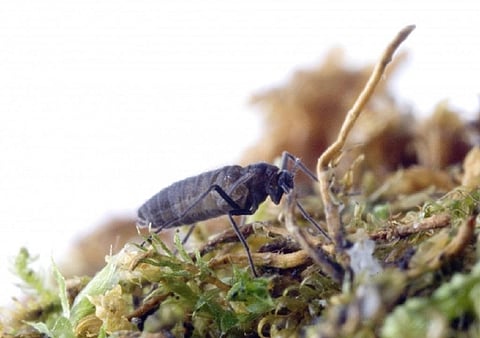

Antarctica’s Signy Island, half of which is always covered in ice, has been dealing with an unwelcome guest, a flightless midge, for years. Now, it has become a big problem as the tiny insect has spread to a much larger area with multiplying populations.
This is changing the soil composition of the island, a new study by the British Antarctic Survey (BAS) found.
Eretmoptera murphyi feasts on dead organic matter and has led to faster plant decomposition, thus increasing the soil nitrate levels by three-five times compared to places on the island where the midge is absent and only native invertebrate species live.
Murphyi isn’t new on the island. It is a native of South Georgia, a sub-Antarctic island, and was accidentally introduced to Signy in the 1960s during a botany experiment, according to BAS. It’s proliferation became apparent in the 1980s.
Today, it has caused nitrate levels in the island’s soil to spike in the magnitude previously only seen in colonies of much larger species like penguins or seals, according to the report published in the journal Soil Biology and Biochemistry. “This is because population densities of midge larvae can reach in excess of 20,000 individuals per square metre at some sites,” BAS mentioned in an article on the study.
Experts have proposed some theories for the cause of the spread of murphyi, the most prominent one being through humans. It is possible they clung to the soles of researchers and tourists who walked over their colonies and travelled longer distances than they could have by any other means.
The other fear is that it can spread through other islands as it can survive in water, according to the authors of the report.
“A particular feature of the Antarctic is that it has had very few invading species so far and protecting this ecosystem is a very high priority,” said Peter Convey, a terrestrial ecologist at BAS.
But the invasion of the midge has made it clear that the protection to the environment offered by harsh living conditions — very low temperatures, moisture and nutrient availability — is no longer impenetrable. And global warming can aggravate the crisis.
“The activity of the midges on Signy, in combination with climate change, potentially ‘opens the door’ for other species to become established which can further accelerate climate change,” said Scott Hayward, an ecologist at the University of Birmingham and co-author.